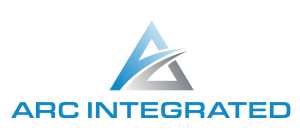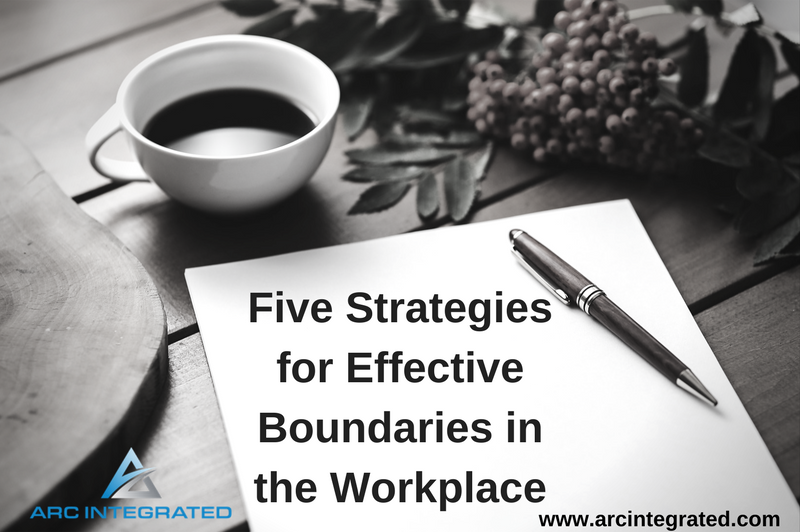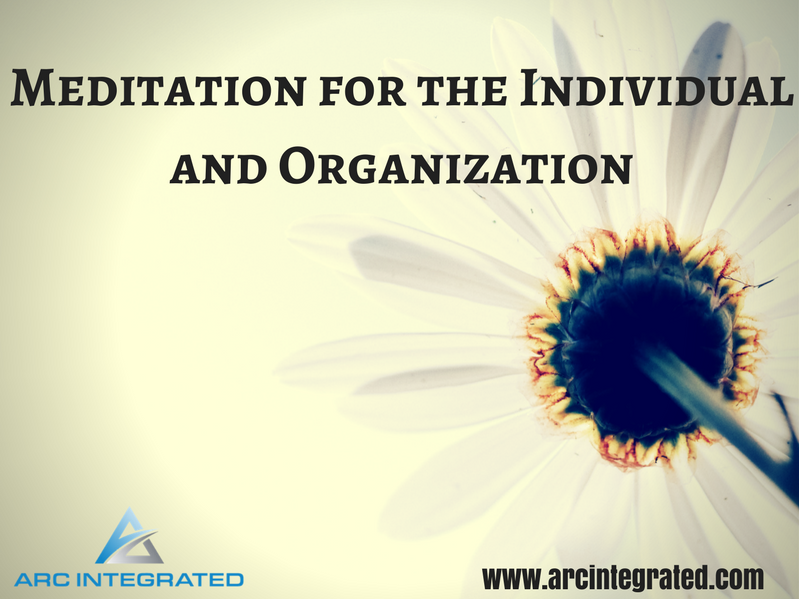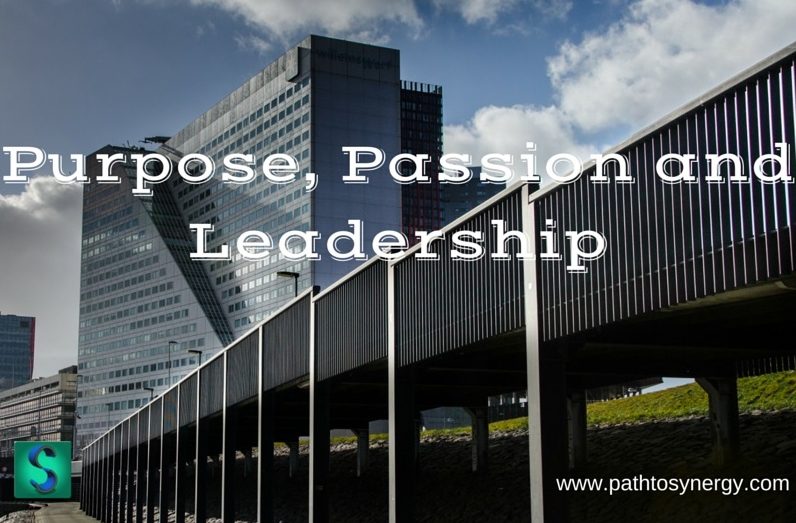How to Effectively Have Difficult Conversations as a Leader

Difficult conversations tend to be a topic of concern that we here at Arc Integrated, deal with on a consistent basis. People tend to shy away from difficult conversations because they are just that – difficult. In today’s article, I will be going over five tips on how you as a leader can not only have, but be successful in having difficult conversations with those that you are leading.
Tip #1: Be Well Prepared
One of the more straightforward, but extremely helpful, ways in which you can effectively have a difficult conversation, is to be well prepared beforehand. What we have found here at Arc Integrated is that the more prepared we go into a conversation, the easier it will be not only for the person you’re talking to but for yourself as well.
Some ways in which you can properly prepare for an upcoming difficult conversation include:
- Understand the content, what you want to say, and do not go into the conversation by simply winging it
- Learn about the person you want to talk to, personal touches help ease the conversation
- Make sure that you do your due diligence and understand the scope of the issue at hand
- Figure out what you need to do internally to prepare for the conversation
Tip #2: Stay Objective
One of the cornerstones of difficult conversations is that they can be, unfortunately, very uncomfortable in nature. It is important to understand that this uncomfortable feeling can go both ways – for the leader initiating the conversation as well as the person being confronted. Due to the discomfort, oftentimes our emotions tend to escalate and you lose track of your thoughts or steer the conversation in a way it was never intended to go.
For these reasons, the more objective we can stay, the easier the conversation will end up being. This is specifically why it’s important to avoid leaning in on the negatives of people’s personalities or what is wrong with them in general. Make sure to stay super specific to the topic at hand.
One strategy that you can implement is called the SAR Model:
Situation: What is the observable situation that you are there to talk about
Action: What was the action that took place that was observable
Result: What was the result of the action that took place
This strategy breaks down into three simple, easy, and clear steps that will help you stay objective in your conversation.
Tip #3: Take Responsibility as a Leader
This is where difficult conversations and leadership have a strong connection. It’s important to take as much responsibility as you possibly can in a given situation. We see this on a weekly basis at Arc Integrated. The more responsibility a leader can take on, the better the outcomes tend to be. Now, it’s important to note that you as a leader should not take on too much, because there are some boundaries to responsibility.
Here are some common examples of things in the workplace that you as a leader should take responsibility for with regards to the idea of “what does this person/team need?”:
- More individual/team training
- A change in their current position
- Frequent accountability updates and check-ins
- Better or clearer instructions on tasks
Also, it’s important to note while you take on that responsibility as a leader, to ask yourself – “What can I do differently to help impact this situation in a positive way?”
Tip #4: Manage your own Energy Internally
The more effort we put into managing our own energy, the better we will be when we go into a difficult conversation and emotions start to escalate. Some examples of activities you can implement into your schedule before having a difficult conversation include the following:
- Go for a 5-minute walk
- Sit at your desk and do some breathing exercises
- Listen to some calming music
Whatever you decide to do, make sure that it calms your energy down so that when you go into the conversation, you’re coming into it with a sense of peace and relaxation. Even though there likely will be some tension involved, going into the conversation with a clear and concise mind will only help the situation.
If you would like to take it one step further, a way in which you can proactively manage your energy is by implementing a daily practice. Regardless of if it’s some kind of meditation, exercise or even journaling, the best way to manage your internal energy is to have a daily practice set in place.
Tip #5: Get Clarity Around the Next Steps
Often what drives continuous difficult conversations are the likes of miscommunication, confusion, and disagreement. If the two parties can get clear on what they have talked about and formulate a proper next step based on the conversation, it can leave the difficult conversation on a positive note.
As a leader, you need to understand and be really clear on the behavior that is going on and what you would like to be changed. Secondly, you need to set up a timeline in which you will circle back and have an additional meeting on what was previously discussed. Finally, talk it over and make sure you have covered if there are any other agreements that either you or your employee need to create before parting ways from the conversation.
If you found this article interesting and want to learn more, feel free to watch the video version of 5 Tips for Having Difficult Conversations as a Leader. As always you can book a free coaching consulting appointment with me.
Be well,
Michael
Resources:
- Blog Post: How Leadership Skills Can Influence The Values of An Organization
- Blog Post: How to Improve Your Leadership Skills in the Workplace (When We’re All Working Remotely)
- Video: 5 Passive-Aggressive Communication Barriers







